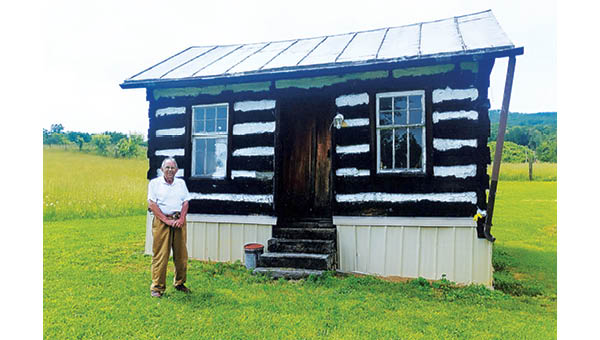Realtors keep up with rapidly evolving demographics
Published 11:03 am Monday, March 3, 2025
|
Getting your Trinity Audio player ready...
|
By WAYNE PORTER
Realtors® have always paid close attention to demographics. Much of it focused on two specific groups. The first is younger buyers, who were typically first-time buyers.
Since the pandemic, the average age for that group has increased. The most current information from the National Association of Realtors® (NAR) shows they are in their mid-to-late 30s. That accounts for a little over 33,000 Tri-Cities area residents. Of course, some of those folks are homeowners, but others are still on the sidelines.
The next group is elders aging out of the housing market, scaling down, or refinancing investment properties. A Census count shows there are a little over 76,000 locals who are 70 years old or older.
Not too long ago, The Wall Street Journal pointed out that one in six Americans are now 65 and older. It wasn’t a surprise for those who keep tabs on the local demographic trend. Here in the Tri-Cities region, the ratio is more like one in five locals who are 65 and older.
Locally, we have passed the peak of the Baby Boom aging curve, but it’s not over just yet. About 30 locals a day are still celebrating their 65th birthday.
And what about the folks who are moving here?
For the most part, many are slightly younger than we first thought. Yes, there are retirees among the newcomers, but there’s an almost equal number who are not. And many of the retirees are younger than the typical 65-and-older group.
Another significant change since the pandemic is the median family household income. The median household income is the most common data point used in demographic discussions, but since most local households are families, that income level is noteworthy.
The median family household income increased to $73,360 from $58,416 in 2019 in the Tri-Cities combined metro areas.
At the top end of the family household income list, those with a median income of $150,000 to $199,999 have increased 103%, and those with a $200,000-and-up income have increased 102%. Family households in the $100,000 to $149,999 range increased 45.6%.
Some of those increases are driving the growth in the local luxury home market.
These types of demographic changes are accommodated in the real estate profession by updated education to ensure Realtors® are on the leading edge of how markets are developing.
Here are the two time-tested examples at the top of the in-demand list given the local situation:
The Seniors Real Estate Specialist® (SRES®) designation is for Realtors® who want to be able to meet the special needs of maturing Americans when selling, buying, relocating, or refinancing residential or investment properties. By earning the SRES® designation, they are prepared to approach mature clients with the best options and information for making life-changing decisions.
The First-Time Buyer Certification (FTBS) courses teach agents how to build trust with today’s first-time buyers and make them customers for life. Earning the FTBS Certification sets agents apart and indicates to clients that they can offer higher-quality service to today’s home purchasers, as well as those trying to reenter the market. Recipients can confidently deliver information on available mortgage programs to help them overcome financing obstacles and turn their challenges into rewarding opportunities for their business.





